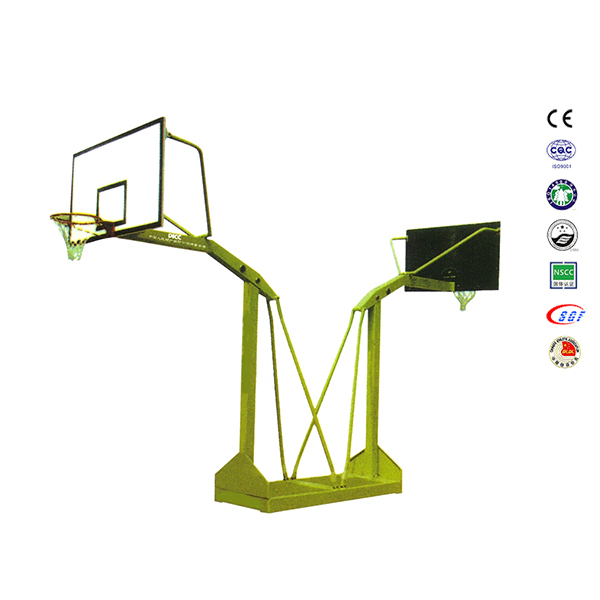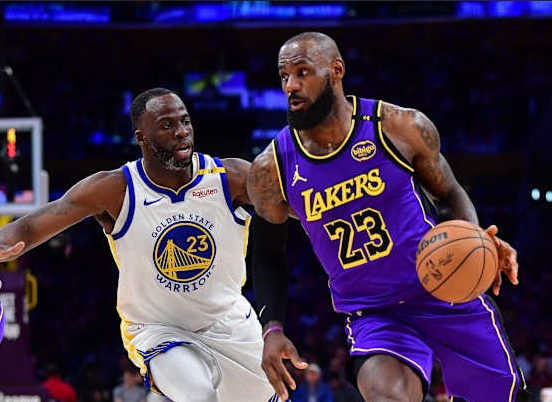Product
Are there any special skills required to play soccer
Basic Info
Whether it is the ball of soccer or the sport of soccer is a process, gradually evolved, so it is not clear. But I think the most fascinating soccer or its form and rules, both very good ornamental, based on running is also a very good exercise exercise, then who set such a tone, not clear, is always brainstorming and gradually found the problem of formulating the rules gradually improved!
Soccer, one of the most popular sports in the world today, has a long and rich history. But who was the first to mention soccer, this is hard to prove.
Its origins can be traced as far back as Cuju in ancient China. As early as the Warring States period, more than 2,000 years ago, Cuju had already become a popular recreational activity among the people. At that time, “Cuju” was kicked with the foot, and “Cuju” was a ball made of leather. During the period of the Two Han and Three Kingdoms, Cuju developed rapidly and was even used in military training to improve the physical fitness and teamwork of soldiers. During the Tang and Song dynasties, cuju had its first peak of development. The ball changed from solid to inflatable, and the activity gradually spread from an elegant pastime in the palace to the homes of commoners. During this period, the Arabs brought Cuju to Europe, and on July 15, 2004, FIFA recognized Cuju in ancient China as the origin of soccer, and in 2006, Cuju was included in the first batch of national intangible cultural heritage list announced by the State Council of China.
In ancient Europe, a similar sport was played in ancient Greece and Rome, but the game was more of a chaotic group rivalry that lacked clear rules and organization.
Modern soccer originated in the United Kingdom in the early 19th century, when aristocratic public schools in the United Kingdom guided students to participate in the game in order to let them expend their energy and cultivate teamwork. At that time, the rules of the game were not perfect, and it was even allowed to touch the ball with hands. 1823, in a soccer match at Rugby Public School, a student, William Webb Ellis, picked up the ball and ran towards the opponent's goal, and since then, soccer matches at Rugby Public School have been allowed to hold the ball in the hands, which has gradually evolved into the sport of rugby. The game of soccer, which did not allow the ball to be touched with the hands, slowly evolved into modern soccer, with the first written rules of the game, the Cambridge Rules, coming into existence in 1848, which specified that each team was to play 11 players and that the game was to last 90 minutes and be divided into two halves.
For example, in the early days of soccer, the game was often very chaotic due to the imperfect rules. But with the emergence of the “Cambridge Rules”, the soccer game gradually towards standardization. 1863 October 26, England set up the world's first soccer association - the English Football Association, and unified the rules of the game of soccer, which is also regarded as the birth of the modern football ball.
Over time, soccer became professionalized and commercialized, and in the late 19th century, the Industrial Revolution gave the working class more leisure time to participate in the game. Stonemason Fergus Southey became the first professional in the history of soccer, breaking the elite's notion of soccer as 'amateurism' by playing for the textile factory's Darwen Club in Lancashire for a fee. Since then, more and more clubs have begun to pay their players, and in 1885, the FA recognized the legitimacy of professional soccer.
In 1871, the FA established the FA Cup, a major knockout competition in which all clubs could participate. The development of railroads allowed more and more fans to travel by train to support their teams, further boosting the popularity of soccer. Matches like the early FA Cup matches often featured intense rivalries and exciting goals that attracted large crowds.
In terms of the development of international soccer, FIFA was founded in Paris on May 21, 1904, with its headquarters in Zurich, Switzerland. The establishment of FIFA greatly promoted the spread and development of soccer in the world. 1930 onwards, the World Football Championship (also known as the World Cup) was held every four years, and the tournament eliminated the restrictions on professional athletes. The World Cup has gradually become the most influential soccer tournament, attracting active participation from countries all over the world.
For example, in the 1986 World Cup, Argentine footballer Maradona led the Argentine team all the way to win the Hercules Cup by virtue of the “Hand of God” and a brilliant goal that passed five people in a row. This classic case is still being talked about by fans today.
More LDK football product recommendations:
Its origins can be traced as far back as Cuju in ancient China. As early as the Warring States period, more than 2,000 years ago, Cuju had already become a popular recreational activity among the people. At that time, “Cuju” was kicked with the foot, and “Cuju” was a ball made of leather. During the period of the Two Han and Three Kingdoms, Cuju developed rapidly and was even used in military training to improve the physical fitness and teamwork of soldiers. During the Tang and Song dynasties, cuju had its first peak of development. The ball changed from solid to inflatable, and the activity gradually spread from an elegant pastime in the palace to the homes of commoners. During this period, the Arabs brought Cuju to Europe, and on July 15, 2004, FIFA recognized Cuju in ancient China as the origin of soccer, and in 2006, Cuju was included in the first batch of national intangible cultural heritage list announced by the State Council of China.

The moment when the football and the football net collide
In ancient Europe, a similar sport was played in ancient Greece and Rome, but the game was more of a chaotic group rivalry that lacked clear rules and organization.
Modern soccer originated in the United Kingdom in the early 19th century, when aristocratic public schools in the United Kingdom guided students to participate in the game in order to let them expend their energy and cultivate teamwork. At that time, the rules of the game were not perfect, and it was even allowed to touch the ball with hands. 1823, in a soccer match at Rugby Public School, a student, William Webb Ellis, picked up the ball and ran towards the opponent's goal, and since then, soccer matches at Rugby Public School have been allowed to hold the ball in the hands, which has gradually evolved into the sport of rugby. The game of soccer, which did not allow the ball to be touched with the hands, slowly evolved into modern soccer, with the first written rules of the game, the Cambridge Rules, coming into existence in 1848, which specified that each team was to play 11 players and that the game was to last 90 minutes and be divided into two halves.
For example, in the early days of soccer, the game was often very chaotic due to the imperfect rules. But with the emergence of the “Cambridge Rules”, the soccer game gradually towards standardization. 1863 October 26, England set up the world's first soccer association - the English Football Association, and unified the rules of the game of soccer, which is also regarded as the birth of the modern football ball.
 Best soccer cage field for sale
Best soccer cage field for sale
Over time, soccer became professionalized and commercialized, and in the late 19th century, the Industrial Revolution gave the working class more leisure time to participate in the game. Stonemason Fergus Southey became the first professional in the history of soccer, breaking the elite's notion of soccer as 'amateurism' by playing for the textile factory's Darwen Club in Lancashire for a fee. Since then, more and more clubs have begun to pay their players, and in 1885, the FA recognized the legitimacy of professional soccer.
In 1871, the FA established the FA Cup, a major knockout competition in which all clubs could participate. The development of railroads allowed more and more fans to travel by train to support their teams, further boosting the popularity of soccer. Matches like the early FA Cup matches often featured intense rivalries and exciting goals that attracted large crowds.
In terms of the development of international soccer, FIFA was founded in Paris on May 21, 1904, with its headquarters in Zurich, Switzerland. The establishment of FIFA greatly promoted the spread and development of soccer in the world. 1930 onwards, the World Football Championship (also known as the World Cup) was held every four years, and the tournament eliminated the restrictions on professional athletes. The World Cup has gradually become the most influential soccer tournament, attracting active participation from countries all over the world.
For example, in the 1986 World Cup, Argentine footballer Maradona led the Argentine team all the way to win the Hercules Cup by virtue of the “Hand of God” and a brilliant goal that passed five people in a row. This classic case is still being talked about by fans today.
From its ancient origins to its modern development, the game of soccer has gone through a long historical process, constantly evolving and improving, writing its own glorious chapter.
More LDK football product recommendations:
Football Cage
Futsal Goals
Metal Football Goal
Aluminum Football Goal
Foldable Football Goal
Portable Football Goal














